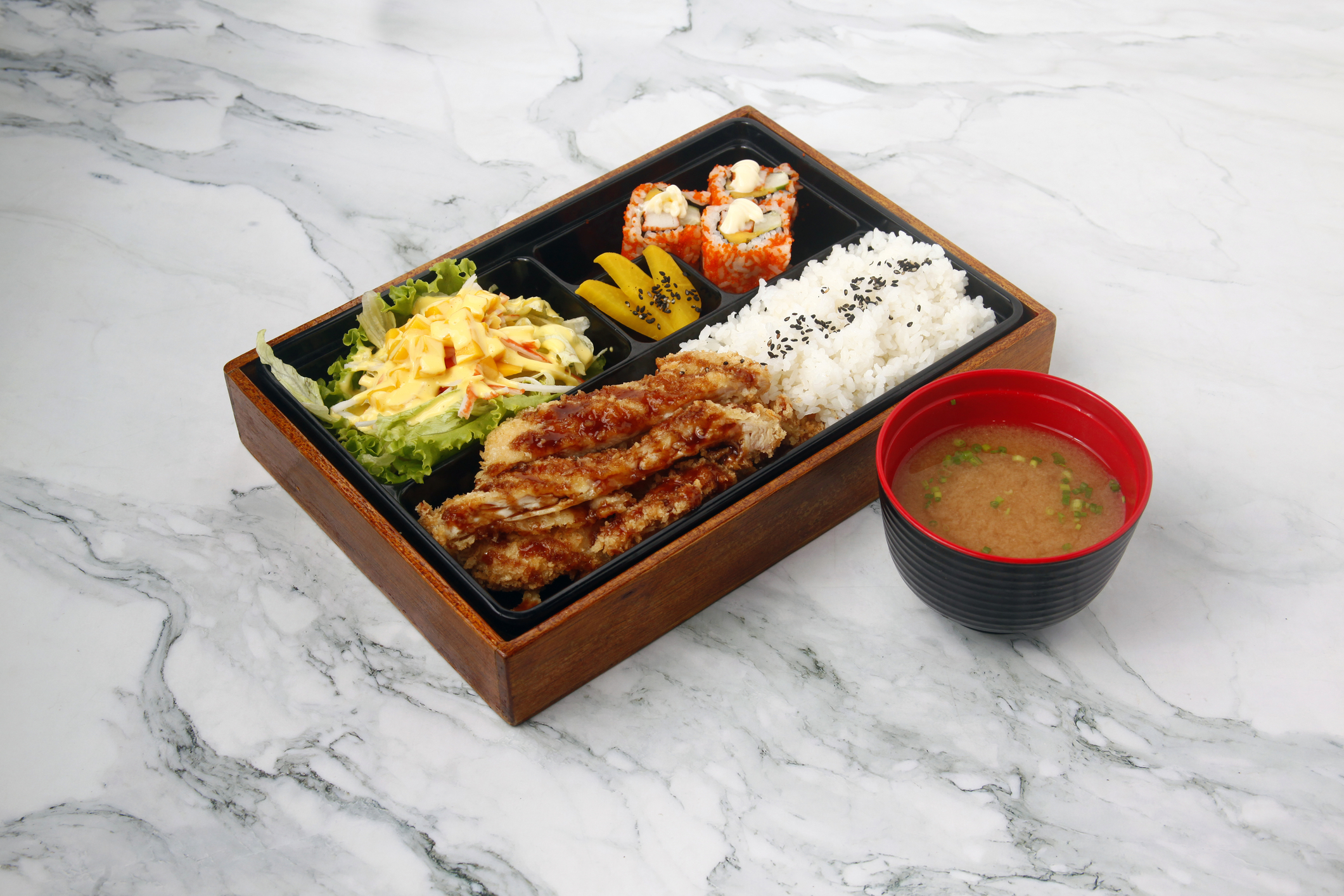Top Five Keys to Mastering the 1500 Calorie Diet for Women in a Healthy and Satisfactory Way
Mastering a 1500 calorie diet implies understanding what it exactly means. This dietary routine revolves around consuming no more than 1500 calories per day. It’s a way to help foster weight loss while still getting sufficient nutrients. An average woman needs around 2000 calories per day, thus cutting down by 500 can help create a weight loss of about 1 pound per week. However, it isn’t about blindly reducing food intake but making informed nutritional choices.
To successfully follow a 1500 calorie diet, understanding your food is critical. Counting calories correctly and understanding nutritional values are the first steps. Learn to read package labels and measure portion sizes. Various online platforms and mobile applications can help with tracking caloric intake.
Planning Your Meals

Creating a meal plan is the next step towards mastering this diet. Divide your 1500 calories among the meals and snacks you'll intake through the day. Include foods from all key food groups - carbohydrates, proteins, and fats. A balanced diet usually comprises 40-50% carbs, 25-30% protein, and 20-30% fats. Aim for five small meals a day, for example, breakfast, a mid-morning snack, lunch, an afternoon snack, and dinner.
Including fiber-rich fruits and vegetables, lean proteins, complex carbs, and healthy fats can ensure that you are satisfying nutritional requirements whilst maintaining caloric intake. Another tip is prepping your meals. Planning and making meals ahead can avoid last-minute unhealthy food choices.
Stay Hydrated

Water plays a significant role in maintaining overall health and facilitating weight loss. Staying well-hydrated can keep hunger pangs at bay, help in digestion and reduce bloating. While the recommended intake varies, a general rule of thumb is eight 8-ounce glasses of water a day.
In addition to plain water, you can also hydrate with green tea, herbal tea, or infused water. However, beware of sugary drinks and alcohol, as they contain so-called 'empty calories' which add to your intake, without providing essential nutrients.
Physical Activity

Include physical activity in your routine. Cardio exercises such as walking, jogging, or dancing help burn calories, while strength training exercises can help build muscle mass, subsequently increasing your metabolism.
The practice of yoga or Pilates can assist in toning muscles and improving body flexibility. Do not get dispirited if you cannot exercise heavily; every bit helps. It is important to choose workouts that you enjoy, which would habitually make you want to get moving.
Staying Motivated

Sticking to a 1500-calorie diet can be challenging, especially if you're just starting. It's okay to have occasional cheat meals. Rather than getting stuck on temporary setbacks, focus on the journey. Celebrate each small victory, whether it's resisting a sugar craving or losing a small amount of weight.
Support groups, either online or offline, can provide encouragement and accountability. De-stressing activities like meditation and adequate sleep also play a pivotal role in your overall health and wellness.
Regular Health Check-Ups

Periodic health check-ups can ensure your diet is supporting your good health. Consulting with a dietician or a nutritionist can provide personal guidance based on your body conditions, lifestyle, and specific nutritional needs. Regular medical screenings and tracking health metrics contribute to achieving and maintaining your health and weight-loss goals sustainably.
Keep in mind that drastic weight loss can sometimes lead to the risk of nutrient deficiencies and other health issues. Therefore, always consider professional guidance when adopting significant lifestyle changes.